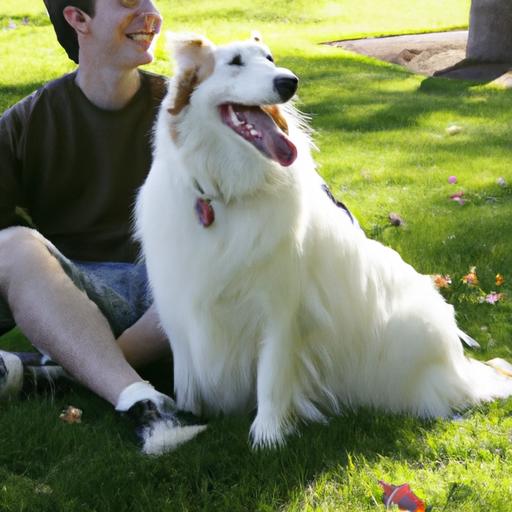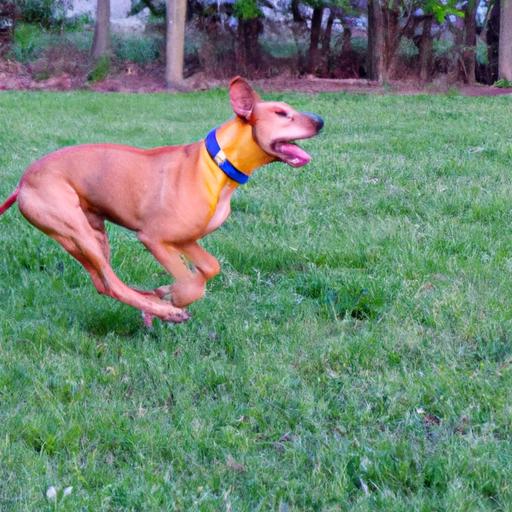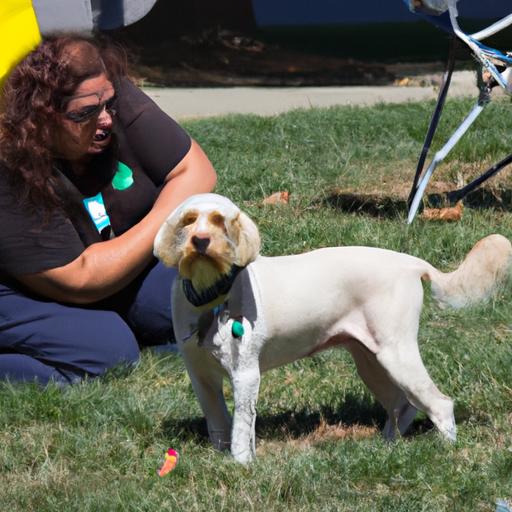
- Home
- Care Tips
- Managing Canine Attention-Seeking Behavior: A Guide to a Happier and Well-Behaved Dog
Managing Canine Attention-Seeking Behavior: A Guide to a Happier and Well-Behaved Dog
Discover effective strategies for managing canine attention-seeking behavior. Learn how to establish boundaries and provide mental stimulation for a well-behaved dog.
Introduction to Canine Attention-Seeking Behavior
As dog owners, we all love the affection and attention our furry friends provide. However, when attention-seeking behavior becomes excessive or disruptive, it can be challenging to manage. In this article, we will explore effective strategies for managing canine attention-seeking behavior, helping you and your dog establish a harmonious relationship.

Understanding the Causes of Attention-Seeking Behavior in Dogs
Dogs exhibit attention-seeking behavior for various reasons, and understanding the underlying causes is crucial to address the issue effectively. Some dogs may seek attention due to boredom, lack of mental stimulation, or a need for social interaction. Additionally, dogs that have not received proper training or have had inconsistent boundaries may resort to attention-seeking behavior to fulfill their needs.

Effective Strategies for Managing Canine Attention-Seeking Behavior
Positive Reinforcement Techniques
One of the most successful approaches to managing attention-seeking behavior is through positive reinforcement. By rewarding your dog’s desired behaviors, such as calmly sitting or lying down, you can redirect their attention and reinforce more appropriate behaviors. This method encourages your dog to understand that calm behaviors lead to positive outcomes.
Exercise and Mental Stimulation
A tired dog is a content dog! Regular physical exercise and mental stimulation are essential for managing attention-seeking behavior. Engaging your dog in activities such as walks, playtime, and puzzle toys helps channel their energy in a positive way, reducing the need for attention-seeking behaviors. Providing mental challenges, such as obedience training or interactive games, can also keep their minds occupied and satisfied.
Setting Boundaries and Establishing Routines
Establishing clear boundaries and routines is crucial for managing attention-seeking behavior in dogs. Consistency is key when it comes to training and reinforcing desired behaviors. By setting rules and sticking to them, your dog will learn what behaviors are acceptable and what is not. This helps create a sense of structure and reduces the need for attention-seeking behaviors to gain your attention.
Seeking Professional Help If Needed
In some cases, managing attention-seeking behavior may require professional assistance. If your efforts to address the issue have been unsuccessful or if the behavior becomes aggressive, seeking guidance from a certified dog trainer or behaviorist can be invaluable. They can assess the underlying causes, provide tailored strategies, and help you navigate through more complex situations.
Frequently Asked Questions (FAQ) about Managing Canine Attention-Seeking Behavior
Can attention-seeking behavior be trained out of a dog?
Yes, attention-seeking behavior can be modified and managed through consistent training techniques. By implementing positive reinforcement, setting clear boundaries, and providing appropriate mental and physical stimulation, you can effectively train your dog to exhibit more desirable behaviors.
How long does it take to see improvements in attention-seeking behavior?
The timeframe for seeing improvements in attention-seeking behavior varies depending on several factors, including the dog’s age, personality, and the consistency of training. While some dogs may show progress within a few weeks, others may require several months of consistent training and reinforcement.
Are there any breeds more prone to attention-seeking behavior?
Attention-seeking behavior is not limited to specific breeds, as it can be influenced by individual personality traits and environmental factors. However, certain breeds known for their sociability and high energy levels, such as Labrador Retrievers or Border Collies, may exhibit attention-seeking behaviors more frequently.
What should I do if my dog’s attention-seeking behavior becomes aggressive?
If your dog’s attention-seeking behavior escalates to aggression, it is crucial to seek professional help immediately. Aggression can stem from various underlying causes and requires specialized intervention. A certified dog behaviorist or trainer can assess the situation, develop a tailored behavior modification plan, and ensure the safety of both you and your dog.
Conclusion
Managing canine attention-seeking behavior is a fundamental aspect of responsible dog ownership. By understanding the causes, implementing effective strategies, and seeking professional guidance when needed, you can foster a healthier and more balanced relationship with your furry companion. With patience, consistency, and positive reinforcement, you can help your dog develop desirable behaviors, leading to a happier and well-behaved pet.































